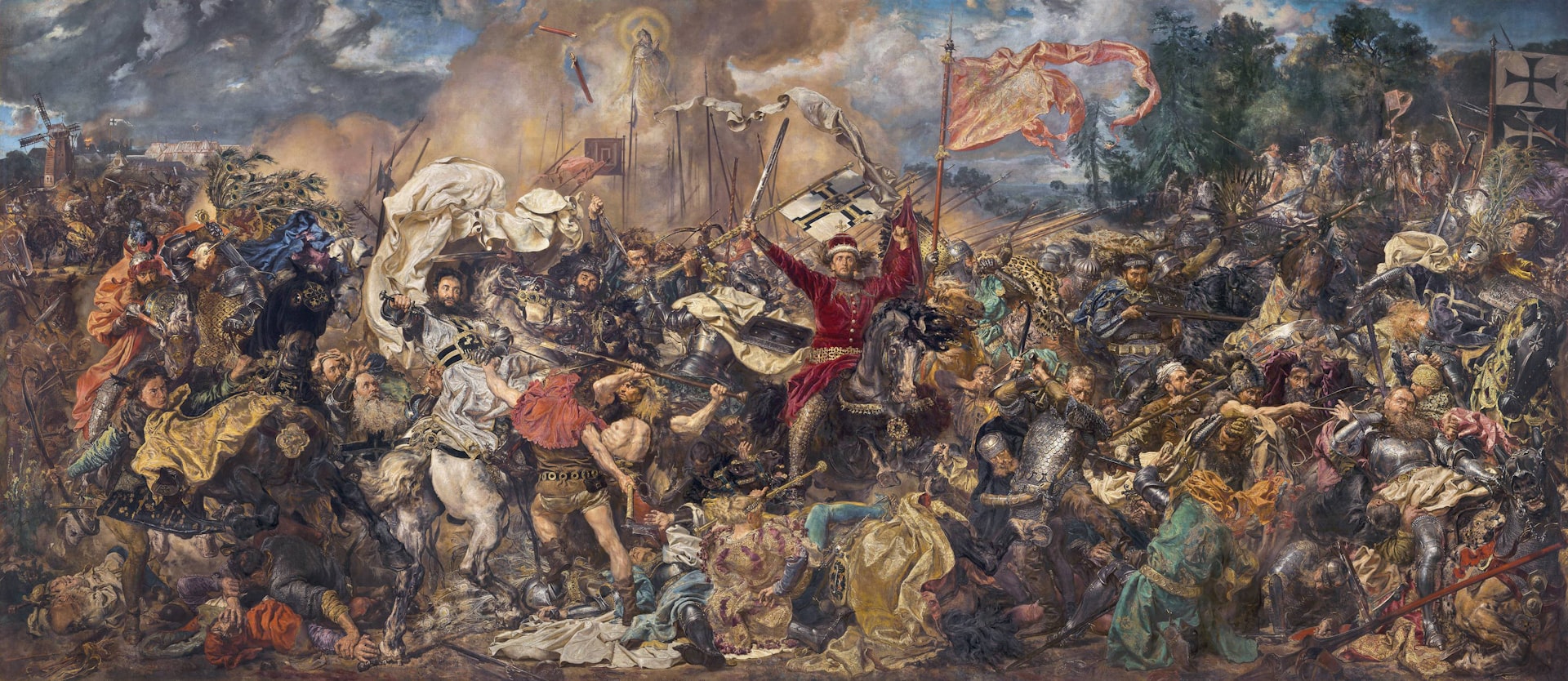Breakthrough Inventions That Transformed Human Society

Photo by Boston Public Library on Unsplash
Introduction: The Power of Invention
Throughout history, human progress has been defined by critical inventions that have fundamentally changed how people live, work, and interact. From the discovery of fire to the rise of artificial intelligence, each breakthrough has shaped societies, economies, and culture in unique ways. This article explores several of the most influential inventions, offering historical context, real-world examples, and practical steps for understanding their ongoing influence.
The Wheel: Foundation of Mobility
The invention of the wheel, estimated to have occurred around 3500 BCE in Mesopotamia, is considered one of the most crucial advancements in transportation and engineering. Before the wheel, moving heavy objects was labor-intensive and limited to what could be dragged or carried. The introduction of wheeled carts and chariots revolutionized trade, agriculture, and warfare, enabling civilizations to expand and interact over greater distances [3] .
Implementation Guidance: To explore the origins and global spread of wheeled technology, you can research museum collections, such as those at the British Museum, or educational resources at established history websites. Consider searching for “history of the wheel Mesopotamia” or “ancient transport inventions” for accessible information.
Challenges and Alternatives: Early wheels were initially used for pottery rather than transport. Over time, innovations in materials and axle technology resolved challenges of durability and efficiency, leading to widespread adoption in carts and wagons.
Printing Press: The Spread of Knowledge
Invented by Johannes Gutenberg in the mid-15th century, the printing press transformed how information was produced and shared. Prior to this, books were handwritten and scarce, limiting access to knowledge. The press enabled mass production of texts, fueling the Renaissance, Reformation, and the rise of modern science [1] .

Photo by The New York Public Library on Unsplash
Practical Steps: To understand its impact, visit local or online libraries to view early printed works, or explore digitized archives such as those provided by major universities. Searching “Gutenberg Bible digital archive” will lead to reputable sources for viewing historical texts.
Challenges and Legacy: Early presses were expensive and required skilled operators. Over time, technological improvements and reduced costs made print more accessible, leading to increased literacy and the democratization of knowledge.
The Steam Engine and the Industrial Revolution
The development of the steam engine in the 18th century, attributed to inventors like James Watt, powered the Industrial Revolution. Factories, locomotives, and steamships reshaped economies, urbanization, and labor practices. This era saw rapid advances in manufacturing, transportation, and communication [4] .
How to Learn More: Museums such as the Science Museum in London or the Smithsonian National Museum of American History feature exhibits on industrial machinery. For those unable to visit in person, virtual tours and online resources provide extensive background on industrial inventions.
Alternative Approaches: While steam powered the first wave of industrialization, subsequent inventions like the internal combustion engine and electricity led to further advancements. Individuals with interest in hands-on learning can seek out local maker spaces or online tutorials on mechanical engineering basics.
The Telephone and Communication Networks
Alexander Graham Bell’s telephone, patented in 1876, made real-time voice communication over long distances possible. This invention laid the foundation for today’s global communication systems, including radio, television, and the internet [1] . Telephones broke down barriers of distance, enabling new forms of commerce, diplomacy, and personal connection.
Application Steps: To trace the evolution of communication technology, explore interactive timelines and primary sources at major historical and telecommunications organizations. Searching terms like “history of telephone invention” will yield authoritative resources.
Challenges: Early adoption was limited by infrastructure costs and technological constraints, but ongoing innovation, such as wireless technology and digital networks, has created new opportunities and challenges for privacy, accessibility, and security.
The Internet and the Digital Revolution
The creation of the internet in the late 20th century, with roots in academic and military research, has connected billions of people and revolutionized how information is shared. The digital revolution encompasses not just the internet, but also personal computers, smartphones, and the rise of digital media [4] .
Accessing Digital Resources: To learn more about the internet’s origins, visit educational portals such as those of the Computer History Museum or explore open-access courses from universities. Search for “history of the internet computer history museum” for guided learning paths.
Current Challenges: Issues of digital divide, cybersecurity, and misinformation are central to today’s society. Users can find guidance on responsible internet use and digital literacy from organizations such as the International Society for Technology in Education (ISTE).
Medical Innovations: Penicillin and Vaccines
The discovery of penicillin by Alexander Fleming in 1928 marked the beginning of the antibiotic era, saving countless lives by treating bacterial infections. Vaccines, developed over several centuries, have eradicated diseases and reduced mortality worldwide [3] .
How to Access Information: For evidence-based guidance on vaccines and antibiotics, consult the Centers for Disease Control and Prevention (CDC) or the World Health Organization (WHO). Search for “CDC vaccines history” or “WHO antibiotics discovery” for trusted information.
Ongoing Challenges: The rise of antibiotic resistance and vaccine hesitancy highlight the need for continued research and public education. Many academic institutions and health agencies offer free online materials and workshops for the public.
Electricity and the Light Bulb
The development of practical electric lighting, often attributed to Thomas Edison in the late 19th century, extended productive hours and improved quality of life. Electricity became the backbone of modern infrastructure, powering industries, homes, and communication networks [1] .
Practical Steps: To better understand electrical history, educational exhibits at science museums or online platforms like the IEEE History Center offer extensive learning opportunities. Searching “history of electricity invention” can guide you to reputable resources.
Alternative Innovations: Renewable energy sources such as solar and wind are modern extensions of the quest for accessible, sustainable power. Many local utilities and environmental organizations provide guidance on adopting renewable technologies.
Next Steps: Exploring Invention Today
Many organizations and museums worldwide offer both in-person and virtual opportunities to learn more about the history and impact of major inventions. If you are interested in deeper exploration, you can:
- Visit local science and history museums for hands-on exhibits
- Take free online courses from universities on technology history
- Read biographies of inventors and case studies of innovation
- Participate in maker spaces or invention workshops available through community centers or libraries
- Search for documentaries and podcasts that explore both ancient and modern breakthroughs
When seeking reliable information, it is best to use government agencies, academic institutions, or well-known museums as sources. If you are unsure where to start, searching for terms like “timeline of inventions museum” or “history of technology university course” can help you discover trusted resources.



